
SWEATERDRESSES is typed entirely with the left hand, JOHNNY-JUMP-UP with the right. ANTISKEPTICISM alternates.

SWEATERDRESSES is typed entirely with the left hand, JOHNNY-JUMP-UP with the right. ANTISKEPTICISM alternates.
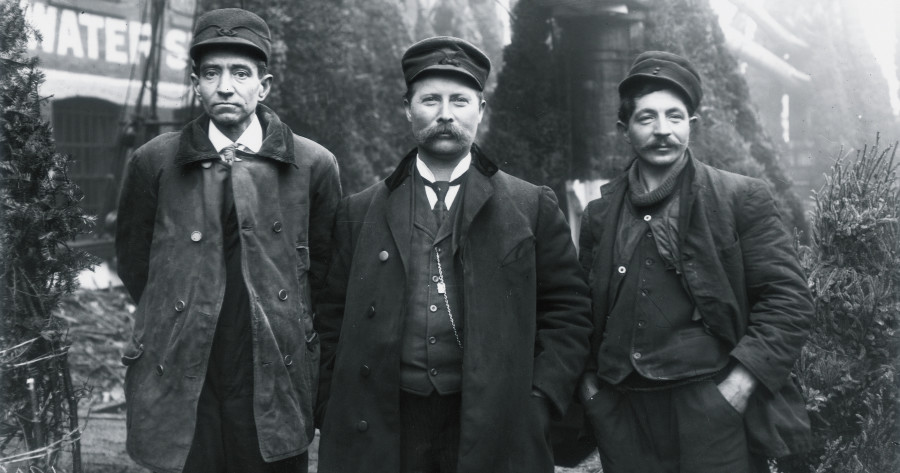
In the late 1800s Chicago families bought their Christmas trees from the decks of schooners that had ferried them across Lake Michigan. In this week’s episode of the Futility Closet podcast we’ll meet Herman Schuenemann, known as “Captain Santa,” who brought Christmas to the city for 30 years until a fateful storm overtook him.
We’ll also peruse some possums and puzzle over a darkening phone.
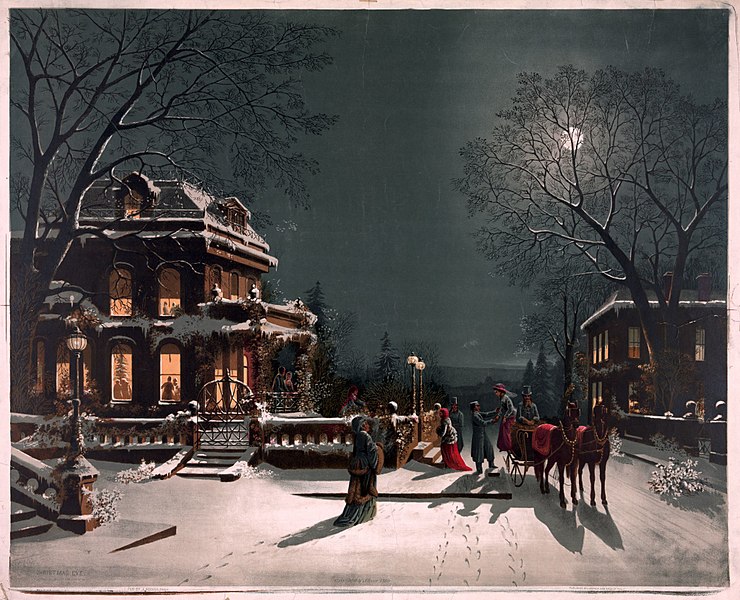
“All comfort must be based on discomfort. Man chooses when he wishes to be most joyful the very moment when the whole material universe is most sad.” — G.K. Chesterton, introduction to Dickens’ Christmas Books, 1907
There is a little garden full of white flowers before this house, before this little house, which is sunken in a green hillock to the lintel of its door. The white flowers are full of honey; yellow butterflies and bees suck at them. The unseen wind comes rushing like a presence and a power which the heart feels only. The white flowers press together before it in a soft tumult, and shake out fragrance like censers; but the bees and the butterflies cling to them blowing. The crickets chirp in the green roof of the house unceasingly, like clocks which have told off the past, and will tell off the future.
I pray you, friend, who dwells in this little house sunken in the green hillock, with the white flower-garden before the door?
A dead man.
Passes he ever out of his little dwelling and down the path between his white flower-bushes?
He never passes out.
There is no chimney in that grassy roof. How fares he when the white flowers are gone and the white storm drives?
He feels it not.
Had he happiness?
His heart broke for it.
Does his heart pain him in there?
He has forgot.
Comes ever anybody here to visit him?
His widow comes in her black veil, and weeps here, and sometimes his old mother, wavering out in the sun like a black shadow.
And he knows it not?
He knows it not.
He knows not of his little prison-house in the green hillock, of his white flower-garden, of the winter storm, of his broken heart, and his beloved who yet bear the pain of it, and send out their thoughts to watch with him in the wintry nights?
He knows it not.
Only the living know?
Only the living.
Then, then the tombs be not for the dead, but the living! I would, I would, I would that I were dead, that I might be free from the tomb, and sorrow, and death!
— Mary E. Wilkins, “Pastels in Prose,” Harper’s New Monthly Magazine, December 1892
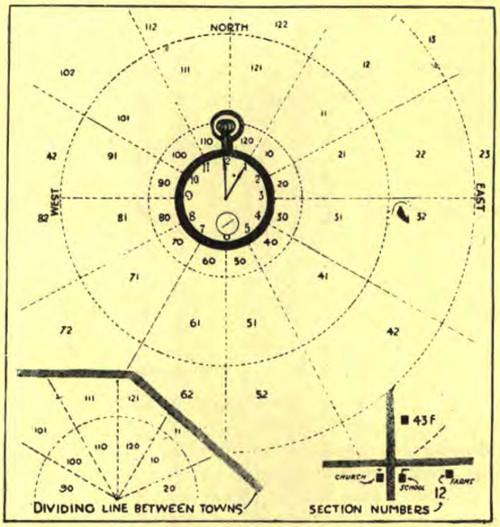
When cattle buyers had trouble finding John Byron Plato’s farm, they gave up and went home. “That killed a mighty profitable bargain,” he told a reporter, which “got me thinking about rural addresses.” The buyers had left a note saying “it takes time to find your place.” Plato looked at his watch and saw that it “smiled back the answer.”
Plato’s “clock system” assigns numbers to directions — 12 is due north, 5 is southeast by south, and so on. Within each of these sectors, a location can be identified by its distance from the town center. “Thus if a man lived four miles west of his post office, his number would be 94 (nine for west and four for distance). If he lived two miles south, his number would be 62.” This could be refined further by adding one more character: 32T means “about 2.75 miles east of the post office.”
Plato claimed that this system could have led his lost cattle buyers to within a hundred yards of his house without a map or a compass. He published a series of “rural directories” using the clock system in western and central New York State in the 1920s and 1930s, but his business faded as the Depression pummeled agriculture, and the patent lapsed.
“The point of philosophy is to start with something so simple as not to seem worth stating, and to end with something so paradoxical that no one will believe it.” — Bertrand Russell
A truly ‘spread eagle map’ is found in a small book of 1833, entitled, ‘Rudiments of Knowledge,’ by Joseph Churchman. This eagle map is explained very geographically. The United States and territories are represented under the figure of an eagle; the States of New Hampshire, Vermont, Massachusetts, Rhode Island, Connecticut, and a part of New York being chiefly included in the head and beak — the remainder of New York, New Jersey, and Pennsylvania, principally embraced in the neck — the outline of coast, from Cape Henlopen to South Carolina inclusive, making the turn and formation of the breast, Florida representing the legs — the Arkansas territory, including the land occupied by the Cherokees to the Spanish line, forming the tail — the northern line of the United States, through lakes Ontario and Erie to Detroit, describing the back — the wings raised and the outline of them curving with the line of the United States through lakes St. Clair, Huron and Superior, and spread and extended to overshadow a large part of the Missouri territory.
— P. Lee Phillips, “Some Peculiar Maps,” Daughters of the American Revolution Magazine, August 1918
This just caught my eye: In the centenary issue of the Mathematical Gazette, in 1996, Sir Bryan Thwaites offered monetary prizes for the proofs of two conjectures.
The first is what’s known as the Collatz conjecture, which Sir Bryan had been puzzling over since 1951. He had come to believe it was unprovable, so he offered a prize of £1,000.
The second conjecture was “even simpler as far as numerical skill is concerned”:
Take any set of N rational numbers. Form another set by taking the positive differences of successive members of the first set, the last such difference being formed from the last and first members of the original set. Iterate. Then in due course the set so formed will consist entirely of zeros if and only if N is a power of two.
Sir Bryan felt that this conjecture was likely provable, so he offered £100 for its proof or disproof.
“Both are easily understood and handled by the average ten-year-old,” he wrote, “and so there will be some who will attribute my continuing interest in such apparently elementary mathematics to well-advanced senility.” But that was 20 years ago, and I believe both conjectures remain unproven — the first is a famously unsolved problem, and I can’t find any record that the second has ever been worked out (though evidently the case of N = 4 had been known since the 1930s).
(Bryan Thwaites, “Two Conjectures or How to Win £1100,” Mathematical Gazette 80:487 [March 1996], 35-36.)
12/03/2018 UPDATE: It has been proven. (Thanks, Yotam.)
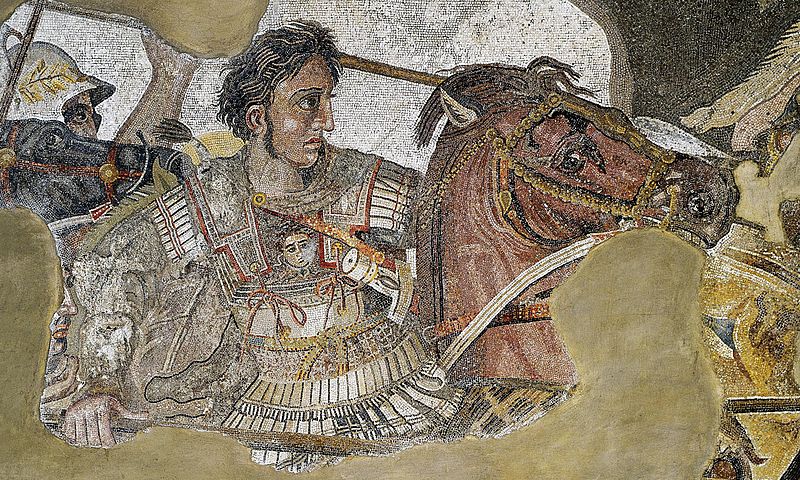
“It is conceivable that Alexander the Great — for all the military successes of his youth, for all the excellence of the army he trained, for all the desire he felt in himself to change the world — might have stopped at the Hellespont, and never crossed it, and not out of fear, not out of indecisiveness, not out of weakness of will, but from heavy legs.” — Kafka
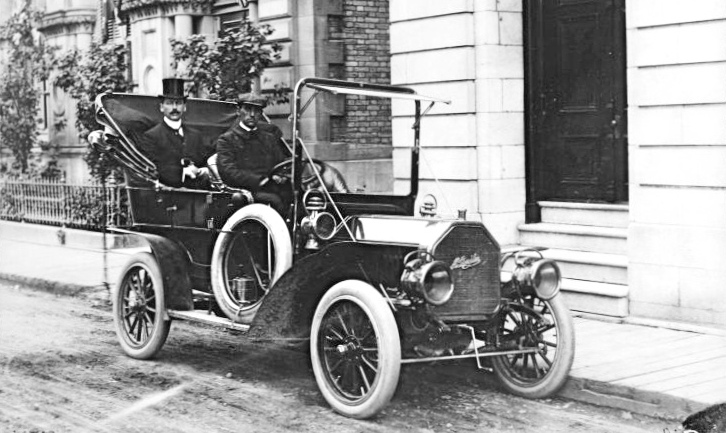
Each day after work, Smith takes the train to the suburb where he lives, and his chauffeur meets him at the station and drives him home. One day Smith finishes work early and arrives at the suburb one hour earlier than usual. He starts walking home, and the chauffeur meets him on the road and drives him the rest of the way. This gets Smith home 10 minutes earlier than usual. How long did he walk? (Disregard the time spent in stopping and picking up Smith, and assume that the chauffeur normally arrives at the station just as the train does.)